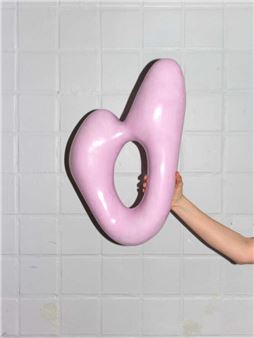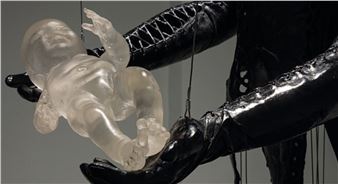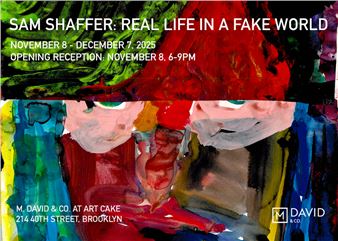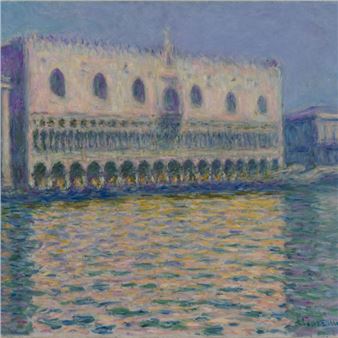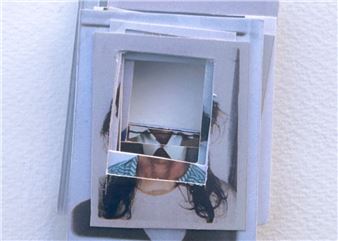Drawing In, Drawing Out
In the late 1970s, shortly after I began writing reviews for Art in America, I met Paul Cummings, who was the adjunct drawing curator at the Whitney Museum of American Art and the publisher of Catchword Papers, which brought out poetry books by Gregory Corso, Allen Ginsberg, and Ron Padgett. He decided to be my mentor, which I gladly accepted.
We soon established a ritual. We would meet on Saturdays, either in Soho or on 57th street, and go to galleries to look at drawings by artists Paul had written on a list. This meant being ushered into the backroom by a bored, young gallery attendant and given access to the flat files. No one ever talked to us once we started looking at the drawings, many of which had never been unwrapped until Paul asked to see them. This is how I learned about the drawings of Richard Artschwager, Paul Cadmus, Bruce Conner, Jim Nutt, and A. R. Penck, among others.
He got me to write for Drawing, a journal he started in 1979, and which no longer exists.
After we made the rounds, we had lunch, either at Larres, a French restaurant on 56th street that Frank O’Hara mentioned in his poems, or at The Century Club, where he pointed out who everyone was, and said something about them, inflected by his boyish grin.
Cheerful and serious, Cummings talked passionately about drawing, poetry, and wine during our long, unhurried lunches. “Don’t drink any merlot or cabernet sauvignon if it’s mixed”). At one of these lunches, I asked him why he devoted all his attention to drawings? His succinct, unhesitating answer has stayed with me nearly half-a-century: “You cannot lie in drawing. You can lie in painting and sculpture, but not in drawing.
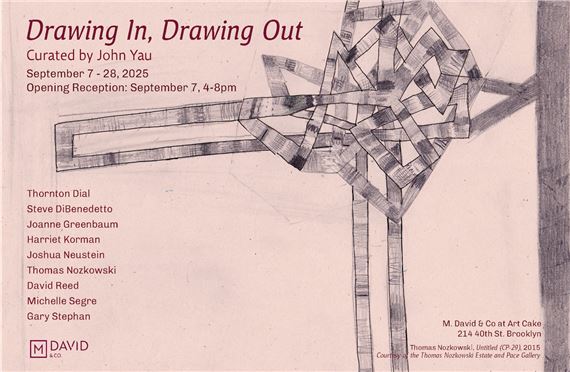
Recommended for you
In the late 1970s, shortly after I began writing reviews for Art in America, I met Paul Cummings, who was the adjunct drawing curator at the Whitney Museum of American Art and the publisher of Catchword Papers, which brought out poetry books by Gregory Corso, Allen Ginsberg, and Ron Padgett. He decided to be my mentor, which I gladly accepted.
We soon established a ritual. We would meet on Saturdays, either in Soho or on 57th street, and go to galleries to look at drawings by artists Paul had written on a list. This meant being ushered into the backroom by a bored, young gallery attendant and given access to the flat files. No one ever talked to us once we started looking at the drawings, many of which had never been unwrapped until Paul asked to see them. This is how I learned about the drawings of Richard Artschwager, Paul Cadmus, Bruce Conner, Jim Nutt, and A. R. Penck, among others.
He got me to write for Drawing, a journal he started in 1979, and which no longer exists.
After we made the rounds, we had lunch, either at Larres, a French restaurant on 56th street that Frank O’Hara mentioned in his poems, or at The Century Club, where he pointed out who everyone was, and said something about them, inflected by his boyish grin.
Cheerful and serious, Cummings talked passionately about drawing, poetry, and wine during our long, unhurried lunches. “Don’t drink any merlot or cabernet sauvignon if it’s mixed”). At one of these lunches, I asked him why he devoted all his attention to drawings? His succinct, unhesitating answer has stayed with me nearly half-a-century: “You cannot lie in drawing. You can lie in painting and sculpture, but not in drawing.

 ARTISTS
ARTISTS









